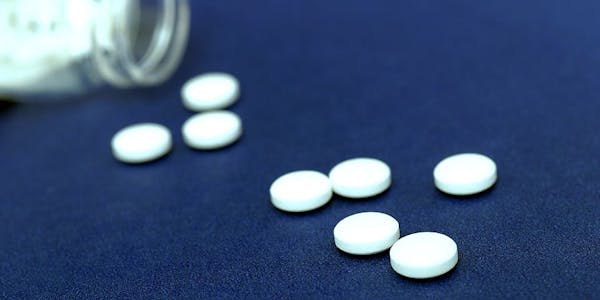
Last week the CDC released a new proposal for an update to the clinical practice guidelines for prescribing opioids. The New York Times put together a good overview of the proposal. Opioid use has been a major concern now for a number of years. It can be very effective at decreasing pain however it is also highly addictive. When possible, alternative methods for treating pain can be highly effective and can avoid any of the dangerous implications of narcotic use.
In the proposal the CDC includes recommendations for physical therapy, massage, and acupuncture as alternatives to opioid use. One of our main priorities here at Dynamic Sports Physical Therapy is helping our clientele to be in less pain. Whether you are coming to us immediately after having surgery, or to address years of back pain we want to work with you to find a way for you be as pain-free as possible. How we do that is a multi-faceted endeavor. First things first, we have to define what pain even is.
On their resource webpage for pain, MedicinePlus from the National Library of Medicine defines pain as "a signal in your nervous system that something may be wrong." That may seem kind of vague and that is for good reason. Our bodies are filled with sensory receptors of various kinds. Pain is actually a construct of our brain that is based on sensory information coming into it. Professor Lorimer Moseley, a prominent neuroscientist, breaks down this concept in this very entertaining video. There may be more to your experience of pain than just the area that hurts. This is a liberating thing. It gives us more tools to use in your rehabilitation journey.
Here are a few of the many examples of how we can address your pain and help you decrease it:
- Manual therapies and acupuncture to restore motion to restricted joints and soft tissues (such as muscle, tendon, and nerves) in addition to decrease neural overactivity that may be restricting movement.
- Corrective strength and endurance training to address muscular imbalances that may be altering how you are able to move.
- Biofeedback and personalized strategies to show you how your nervous system is functioning and what you can do about it.
